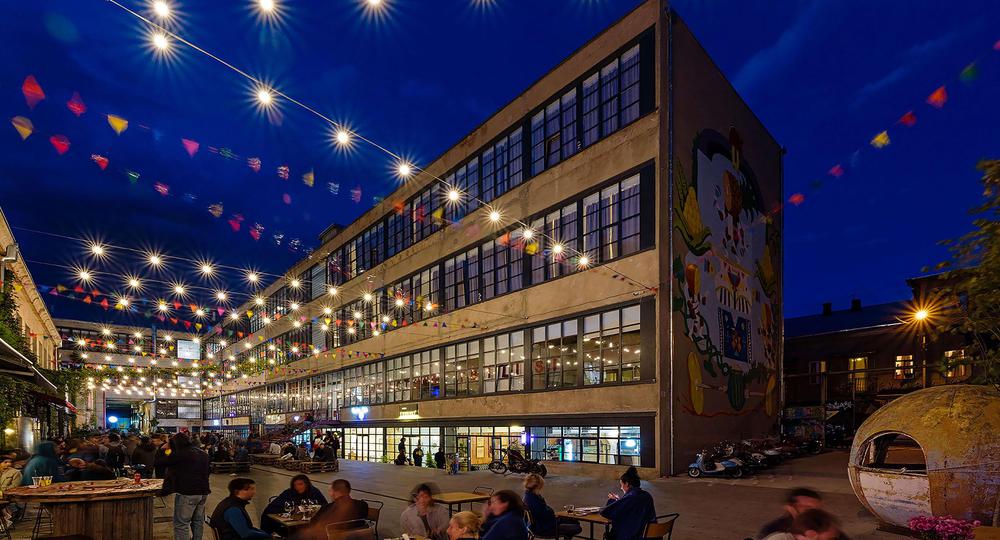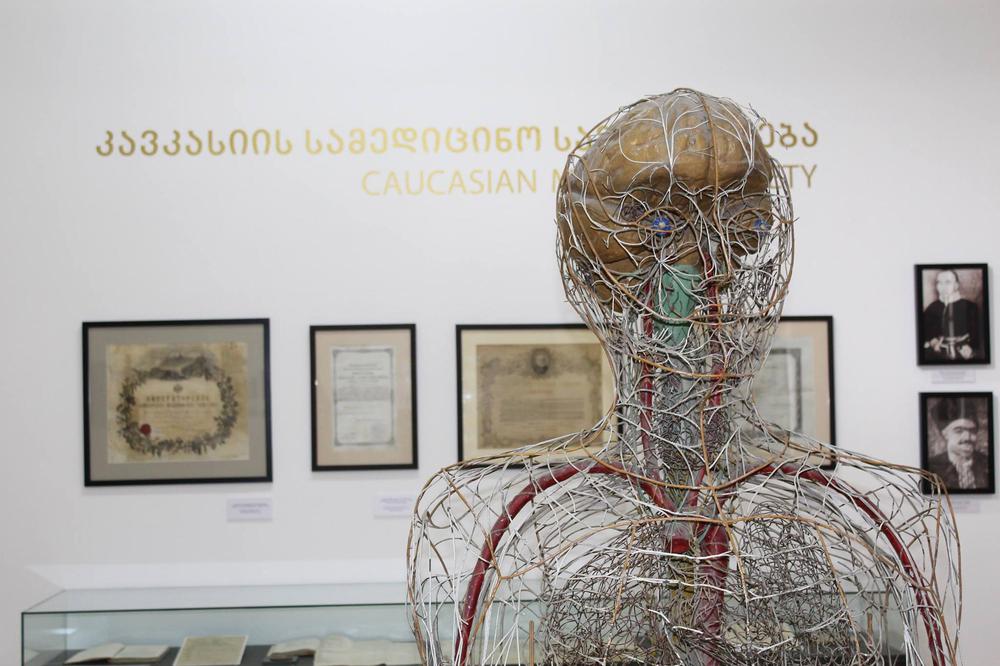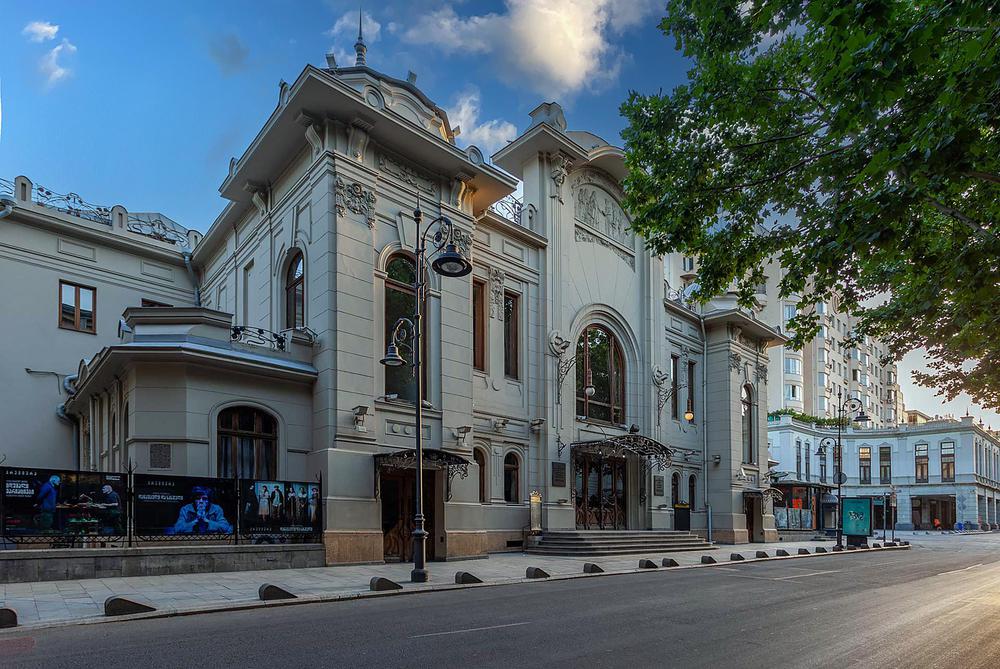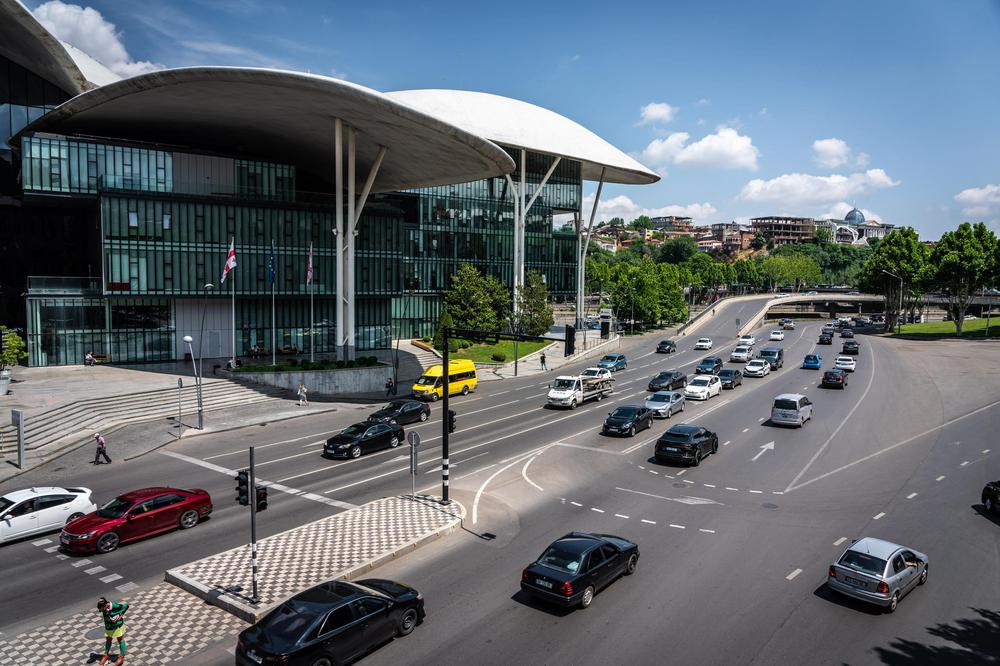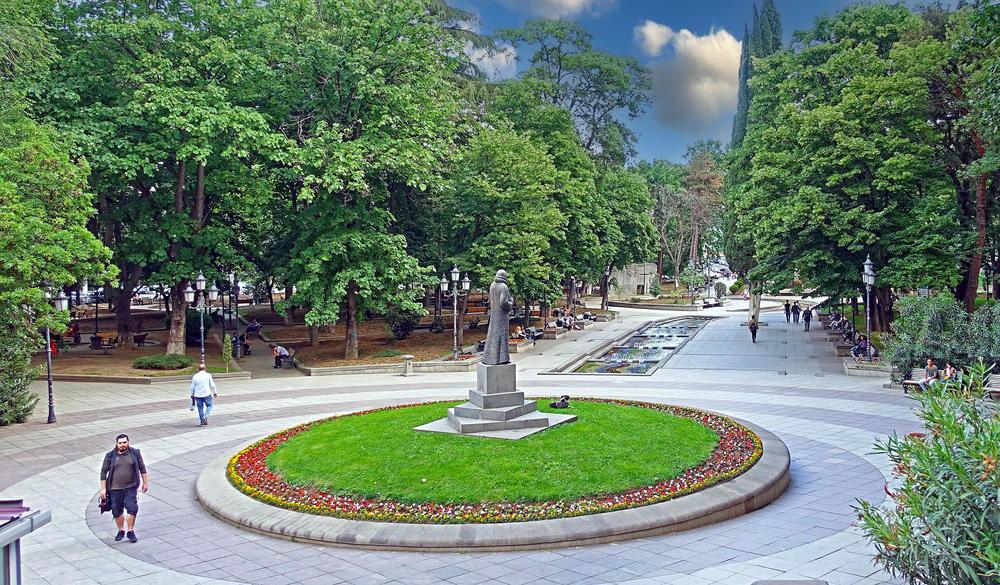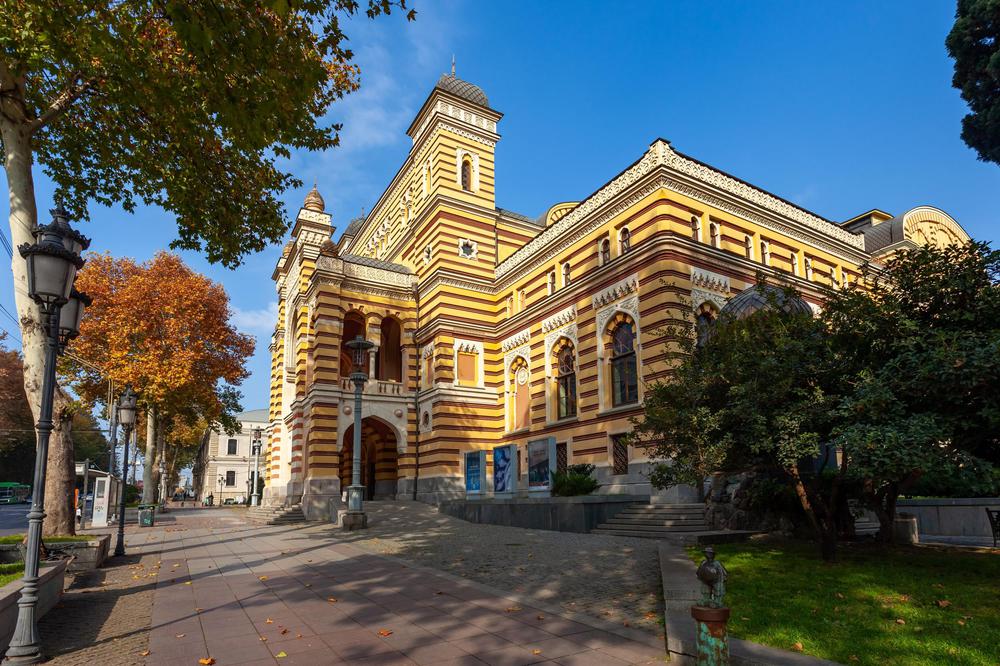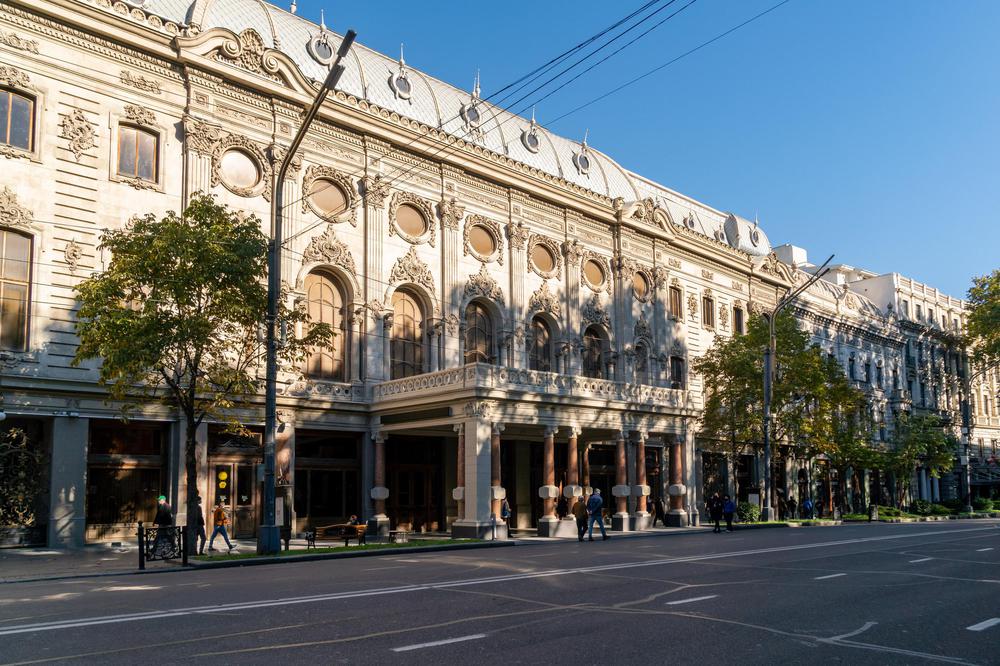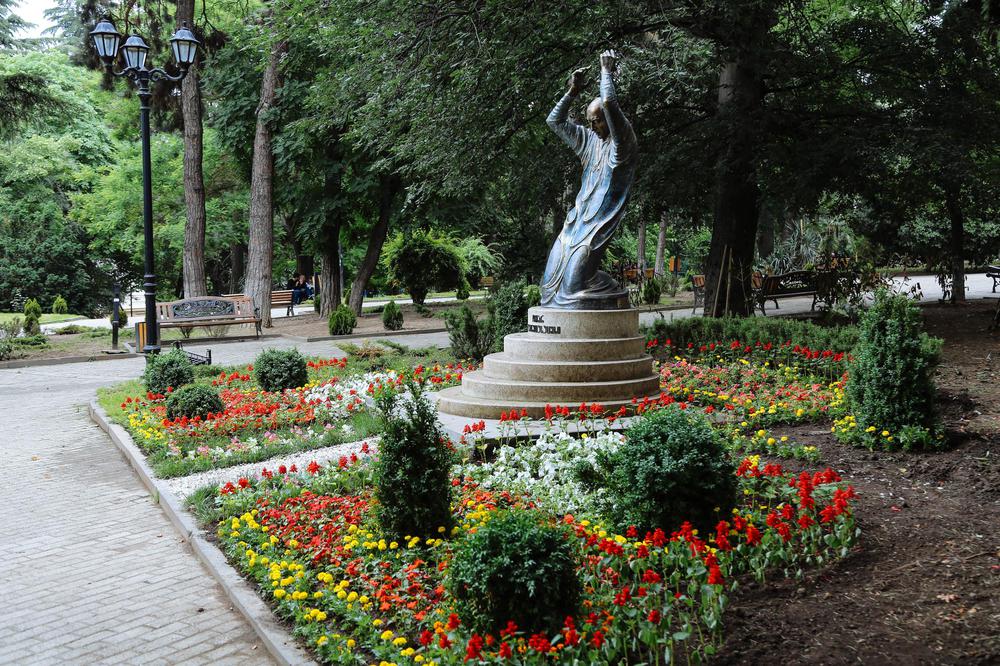The Tbilisi Evangelical-Lutheran Church was borne out of the settlement of Swabian Germans in the Caucasus in the early 19th century. Forced to leave their homeland due to political, religious, and economic pressures, they were offered resettlement in the Caucasus.
By 1818, six Swabian colonies were established in Georgia, with more to follow. In each of these colonies, hard-working Swabian farmers maintained their Lutheran traditions and opened places of worship that eventually became churches. However, with the rise of communism, strict restrictions were placed on religious rituals, leading to a decline in religious practices among the Lutherans, paralleling the challenges faced by the Orthodox parish.
The Lutheran Germans in Georgia experienced a significant blow in 1941 when 23,580 citizens with German ancestry were deported from Georgia. German prisoners of war were forced to demolish their church in Marjanishvili Square in 1945.
From 1995 to 1997, a new church was erected on the site of a former German cemetery on Graneli Street. This church, known as the Church of Reconciliation, was organized and funded by Dr. Gerd Hummel, the first Evangelical-Lutheran Bishop of Georgia.
Despite hardships, the Evangelical Lutheran Church in Georgia marks its 200th anniversary, coinciding with the 500th anniversary of the Reformation. The church's establishment and growth reflects the resilience of the Swabian Germans who originally settled in the region.
Swabian Germans arrived in Georgia in 1817-1818, establishing eight German colonies in the South Caucasus by 1819, and 23 identified settlements today. The Germans, with their strong work ethic, made significant contributions to various economic fields, including vine growing, farming, animal husbandry, and pharmacy, among others.
Despite the diversity in religious beliefs among the German settlers, they eventually united and integrated into the official Lutheran Church. Johannes Bernhard Saltet, appointed chief pastor in 1827, played a critical role in this integration, resulting in the establishment of the first church in Neu Tiflis settlement in 1834.
The Lutheran Germans contributed significantly to Georgia's architecture, art, and culture. They are credited with constructing notable structures such as the Tbilisi National Opera and Ballet Theater, Kashueti Church, and Likani Palace. Their influence also extends to media, with the founding of the newspaper “Caucasus Post”.
However, the German community in Georgia faced persecution during the First World War and the Soviet era, leading to significant losses in terms of immovable property and religious freedom.
Recently, the Evangelical-Lutheran Church in Georgia, under Dr. Gert Hummel, has significantly increased its social services. It now operates elderly shelters, a soup kitchen, and provides medical aid to those in need, becoming an integral part of the local community.

